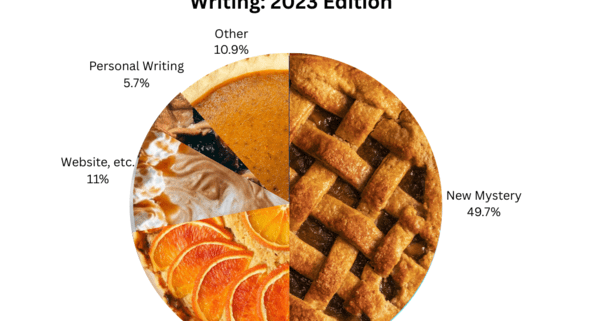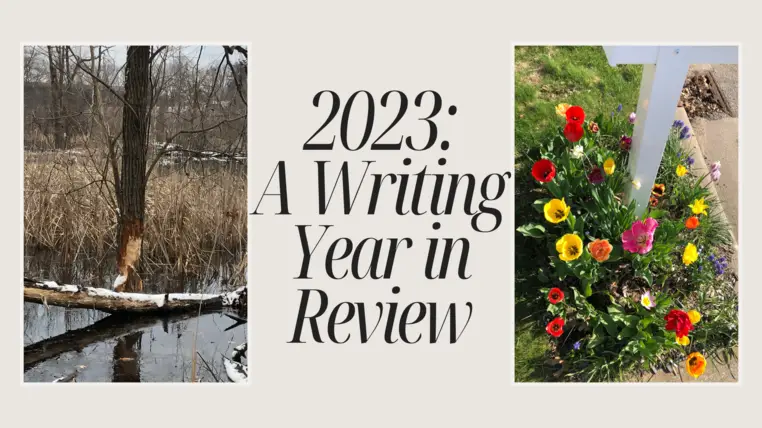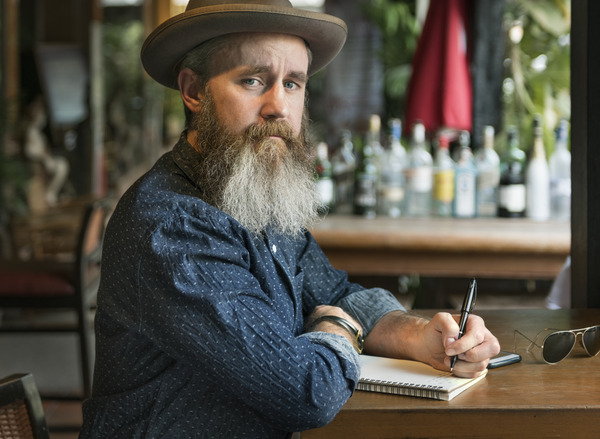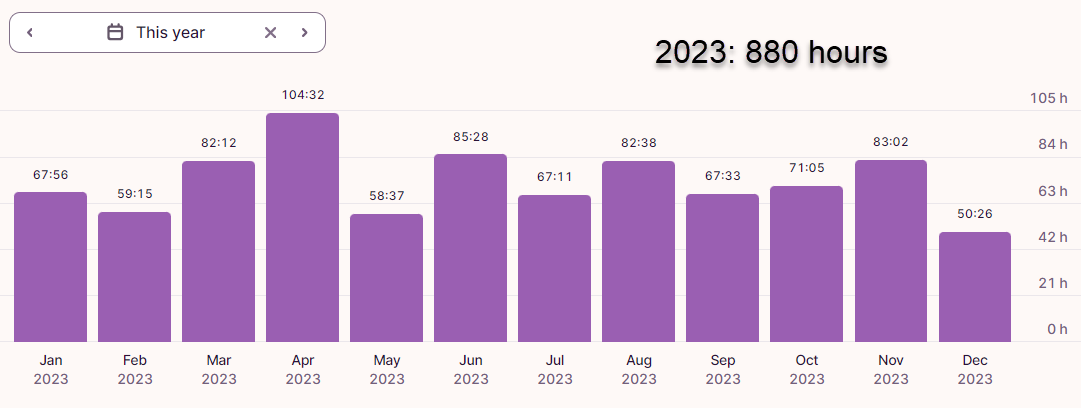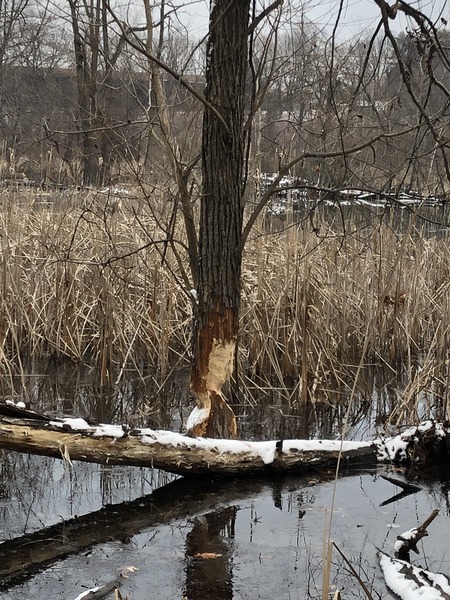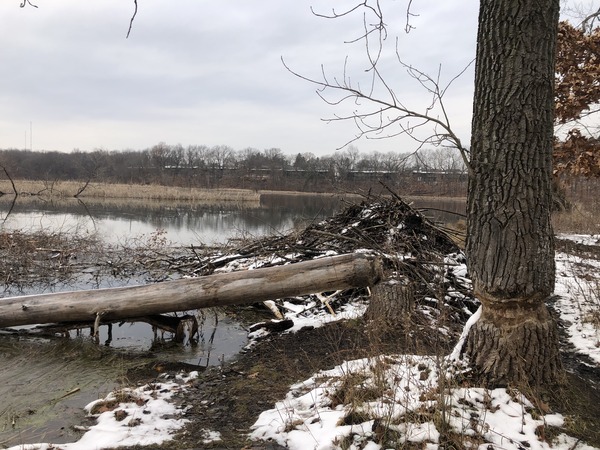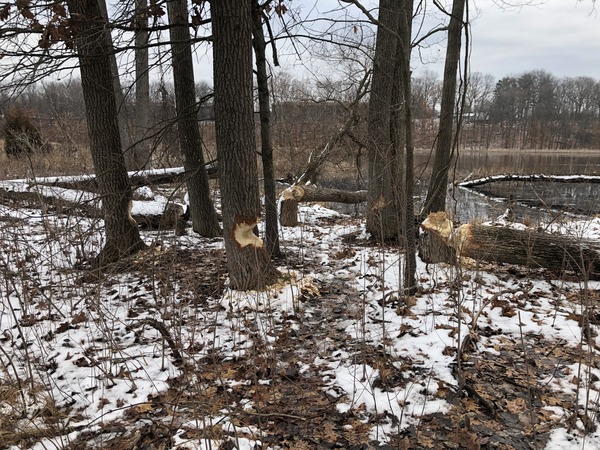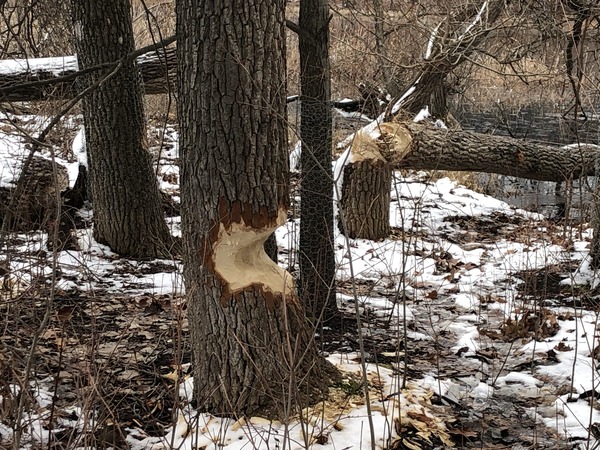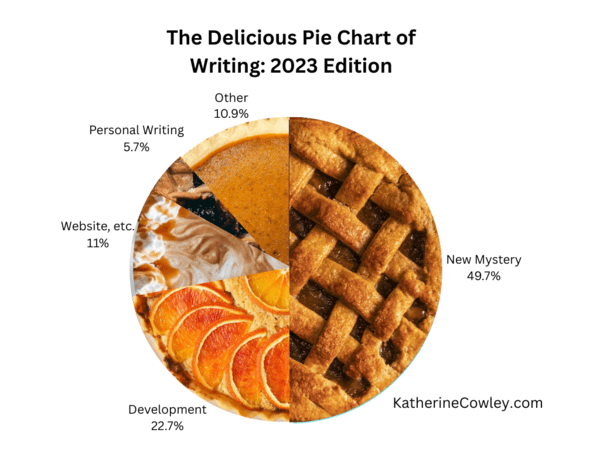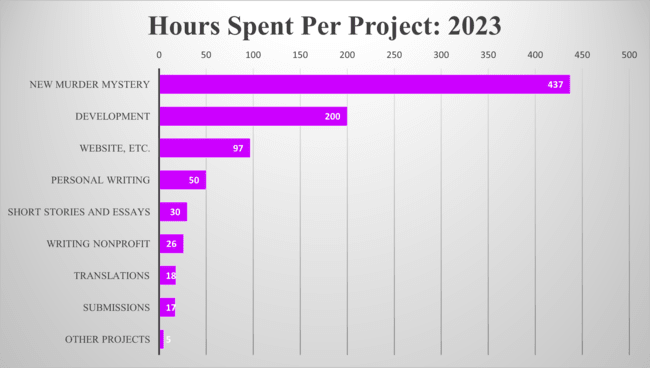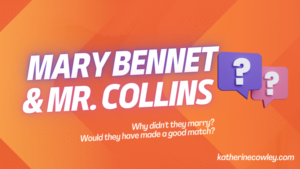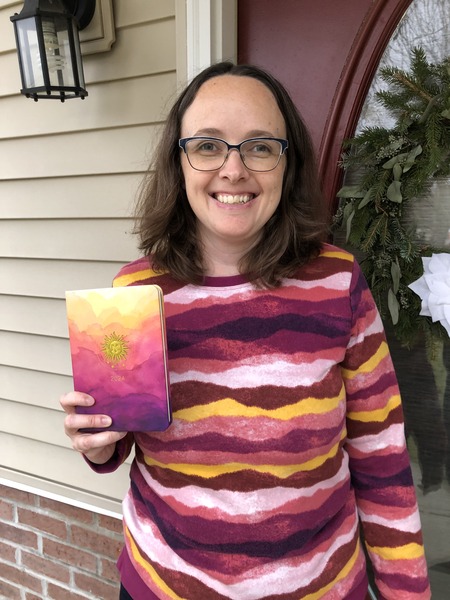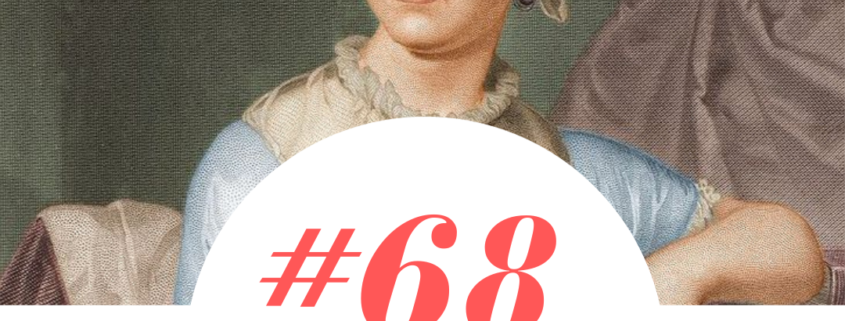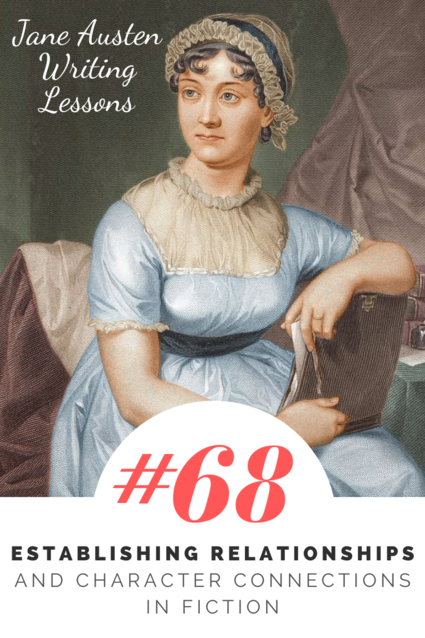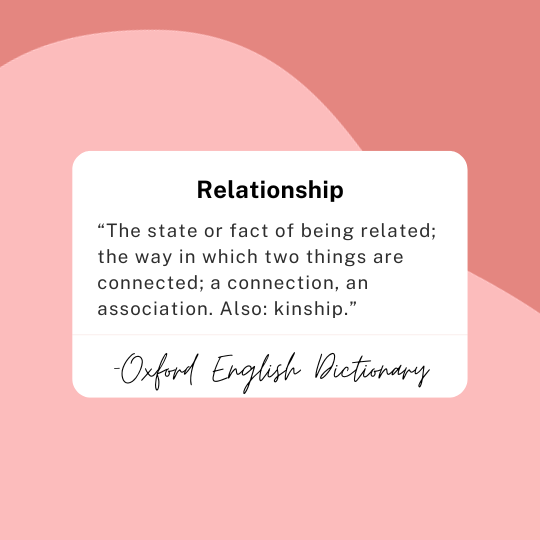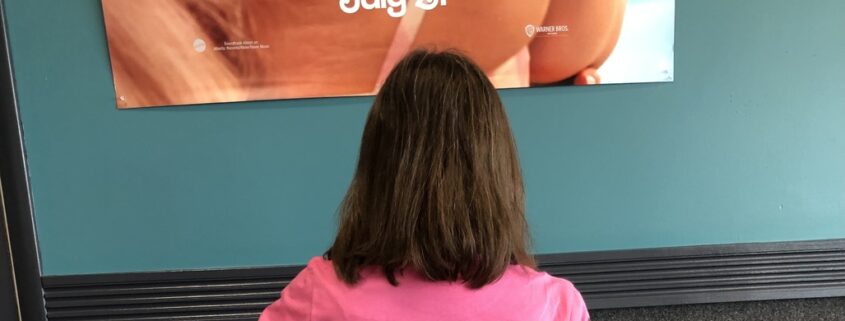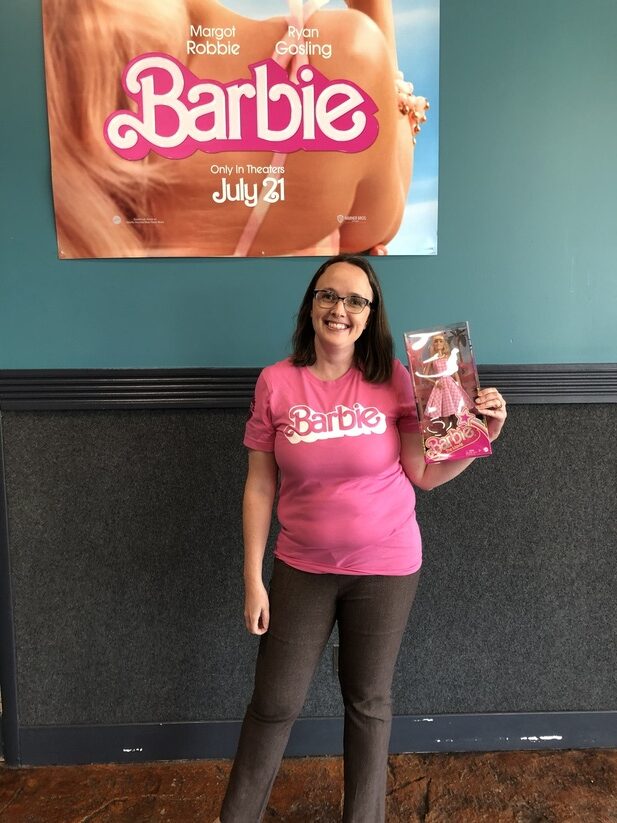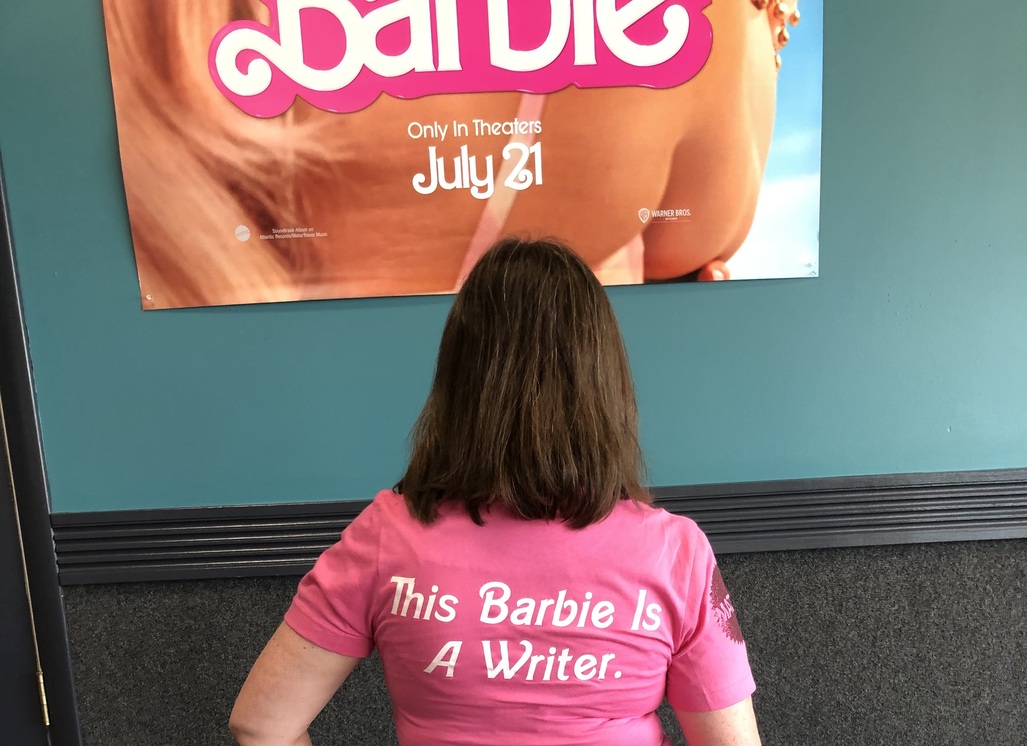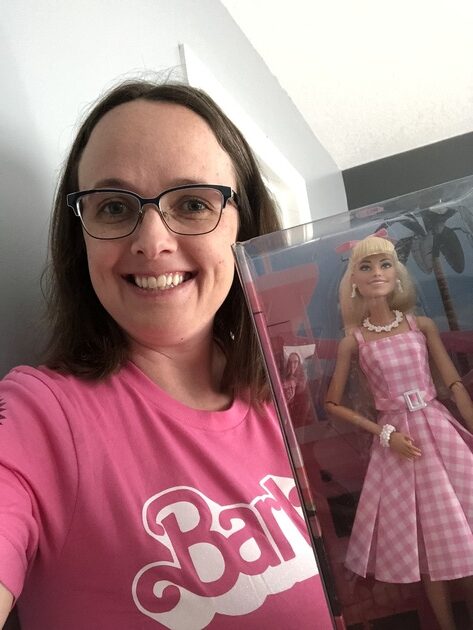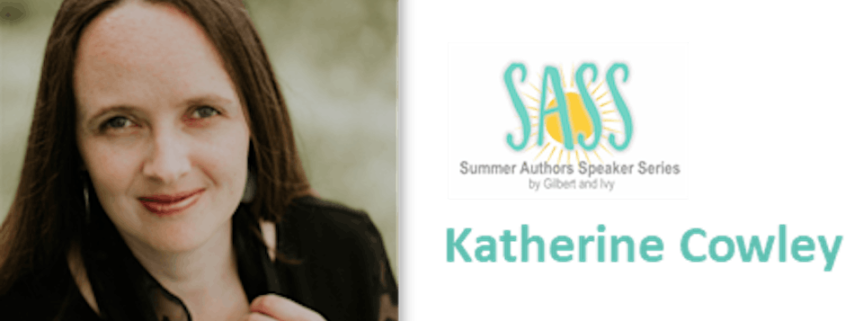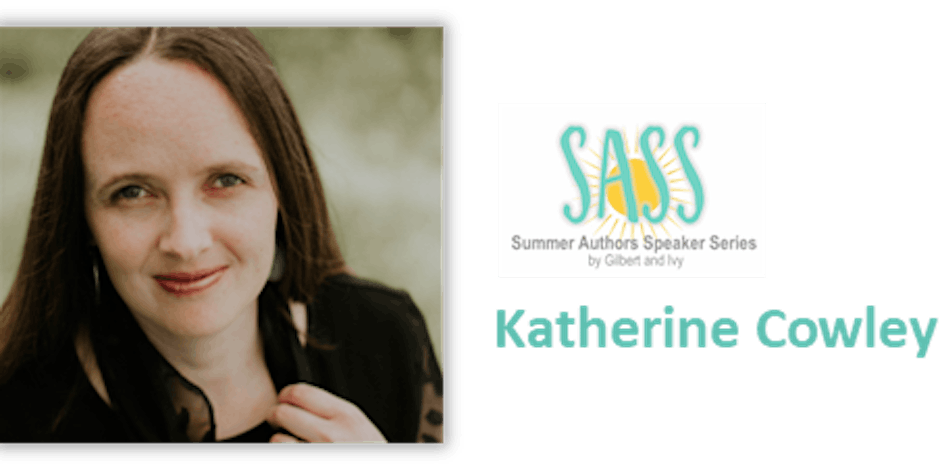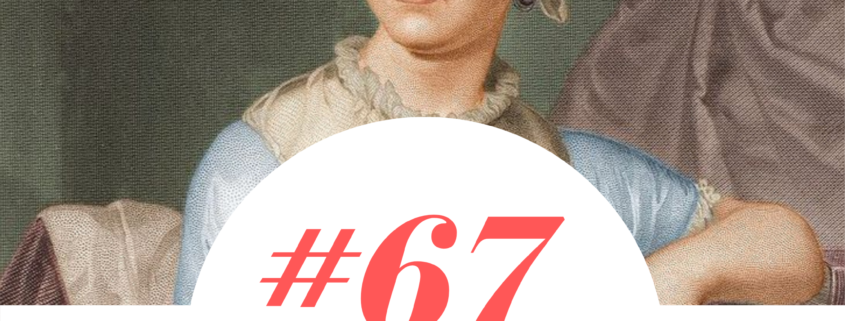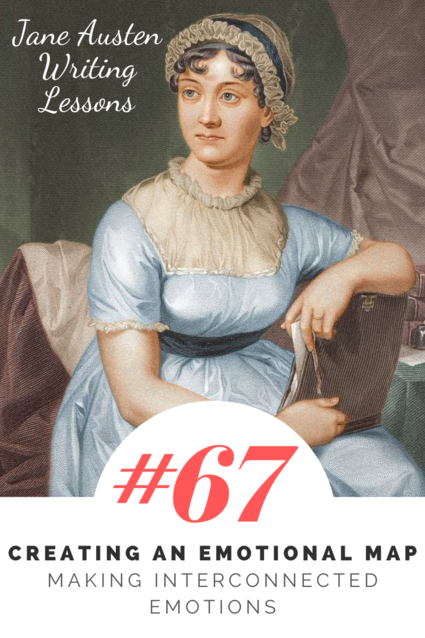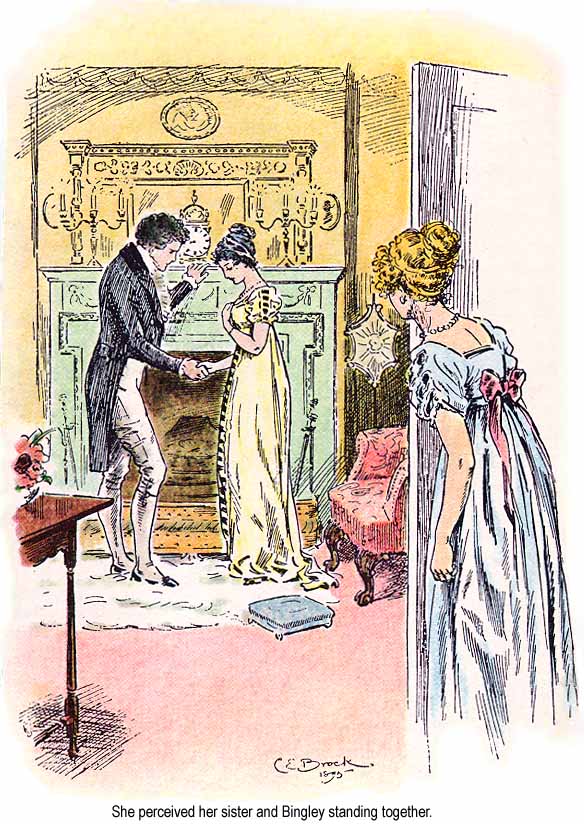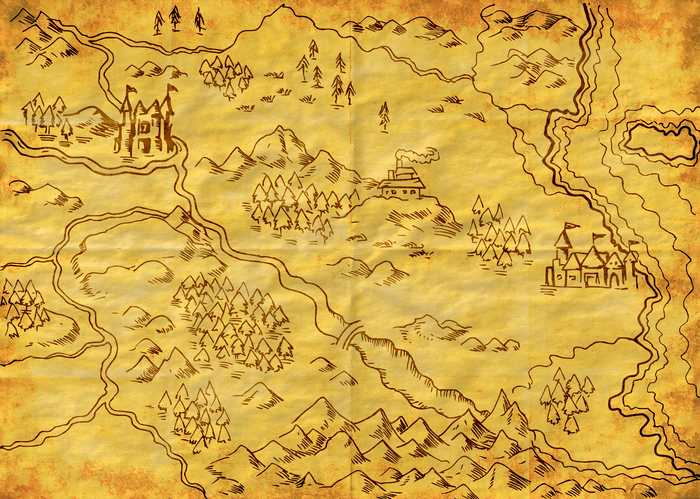2023, A Writing Year in Review: Bulbs and Beavers (and Pie!)
Last year, in 2022, I had two novels and two short stories published, wore fancy dresses and attended two awards ceremonies, ran a successful Kickstarter for a nonprofit, spent 937 hours writing, and had what is, for writing, a rather glamorous year.
This year was very different.
Above: Peak 2023 writing energy. Deposit photos says he is “hipster.” If I owned that hat, maybe I would be hipster too.
In 2023, I had no books published. I attended no award ceremonies. I spent 880 hours writing (which is lower than the amount spent in 2020, 2021, and 2022). I hit a point in the revisions process where my confidence (as a writer) decided to indulge in clichés and completely shatter, like a Corelle soup bowl on the kitchen floor, shards of glass scattering across two full rooms. (Corelle is made of tempered glass, so it’s not supposed to break easily, but in my house, we’ve broken at least four bowls and plates this year.)
Yet right now, as I look back on another year of writing, I feel good about 2023.
This year of writing was like planting bulbs in the fall with the hope that they’ll come up in the spring. Yes, despite the spicy hot pepper-based deer repellant, the deer might still eat all of them, but chances are, next year I’ll have tulips.
A picture of my tulips from this spring. Unlike in 2022, when the deer ate all my tulips a few days before they blossomed, in 2023 my tulips survived so they could act as a positive metaphor.
This year of writing was also like a beaver, gnawing on trees. There are lots of trees to gnaw on. There’s a lodge to maintain. There’s pesky, flowing water that must be stopped. Sometimes people put up metal netting so you can’t get to the best trees. Sometimes you take down a whole tree at once, but most of the time, that’s not possible. So you start on a few trees and make some progress, knowing that you’ll have time to do the rest later.
These are pictures that I took that show the efforts of the local beavers at the Asylum Lake Nature Preserve in Kalamazoo, Michigan. Every few months, I check on the beavers’ progress.
What trees did I gnaw on this year? Well, there’s a chart for that.
I love charts, I love pie, and I love writing. This collision of all three interests was meant to be.
And now, in classic bar graph form:
And, because I like writing, some written details for a few of the categories:
New Murder Mystery (437 hours)
These 437 hours are on top of the 227 hours I spent on this book last year, bringing the total up to 664. This is the most research-intensive, complicated, and challenging book I’ve written. It’s also been like making soup—the components have needed time to stew together, so the flavors develop properly.
Development (200 hours)
- Conferences: Malice Domestic and the Midwest Mystery Conference
- Critiquing and writing group
- Networking
- Writing craft and mystery genre research
- Accounting, taxes, and business stuff
- Planning and considering goals
Website, etc. (97 hours)
Website, newsletters, blog posts, and a few book events! My most popular blog post for the year was on Mary Bennet and Mr. Collins.
Submissions (17 hours)
Most of this time was spent applying to an art residency. I didn’t get selected, but I was on the short list, and now I have a very solid concept for a future book that I plan to write.
Looking to 2024
Me with my 2024 planner, which matches my sweater. Maybe I am hipster after all.
I often have a 2-year writing plan, with all my upcoming projects figured out. I don’t right now, and that’s both terrifying and liberating.
I do know that I’ll need to do more revisions on my current mystery novel. I want to write some short stories, and spend a few weeks focusing on reading and doing other things to refill my creative well. I suspect I will start a new book. Will that be a sequel to my current novel or to Mary Bennet? Or something entirely new? Only time will tell.

